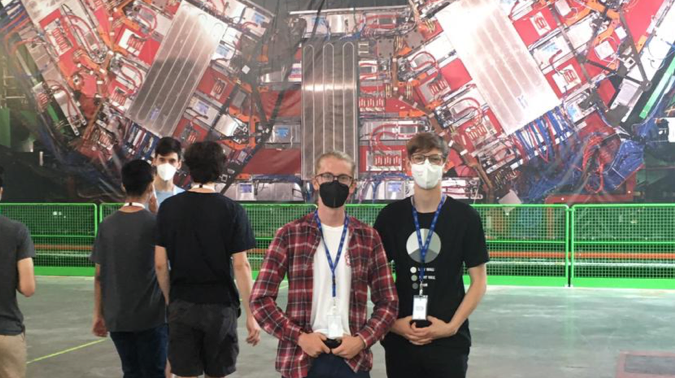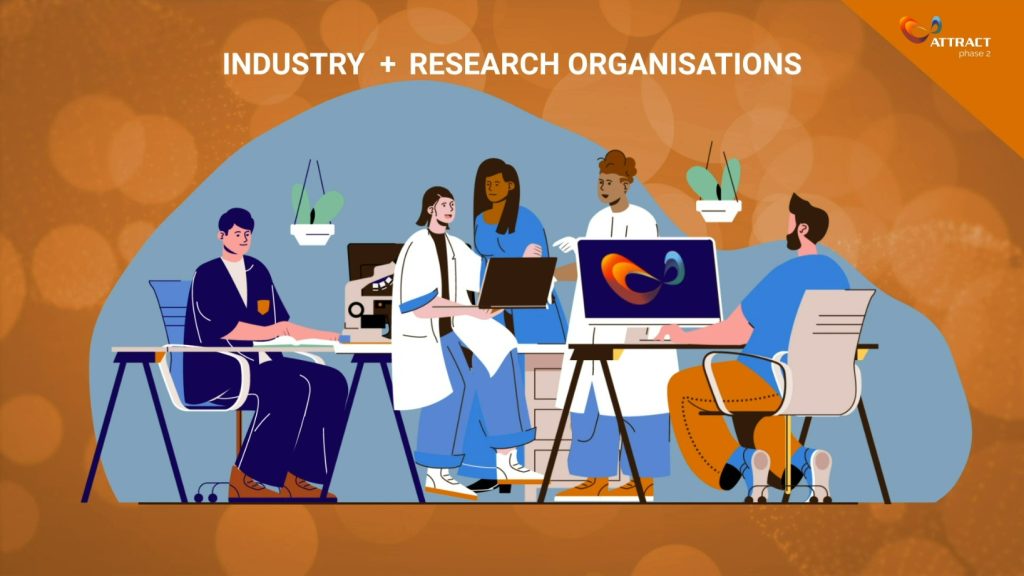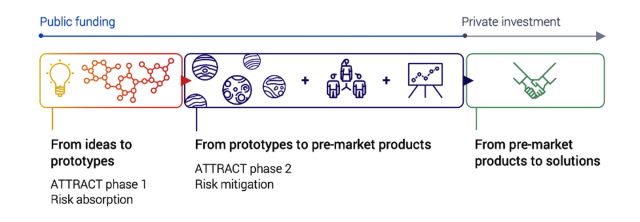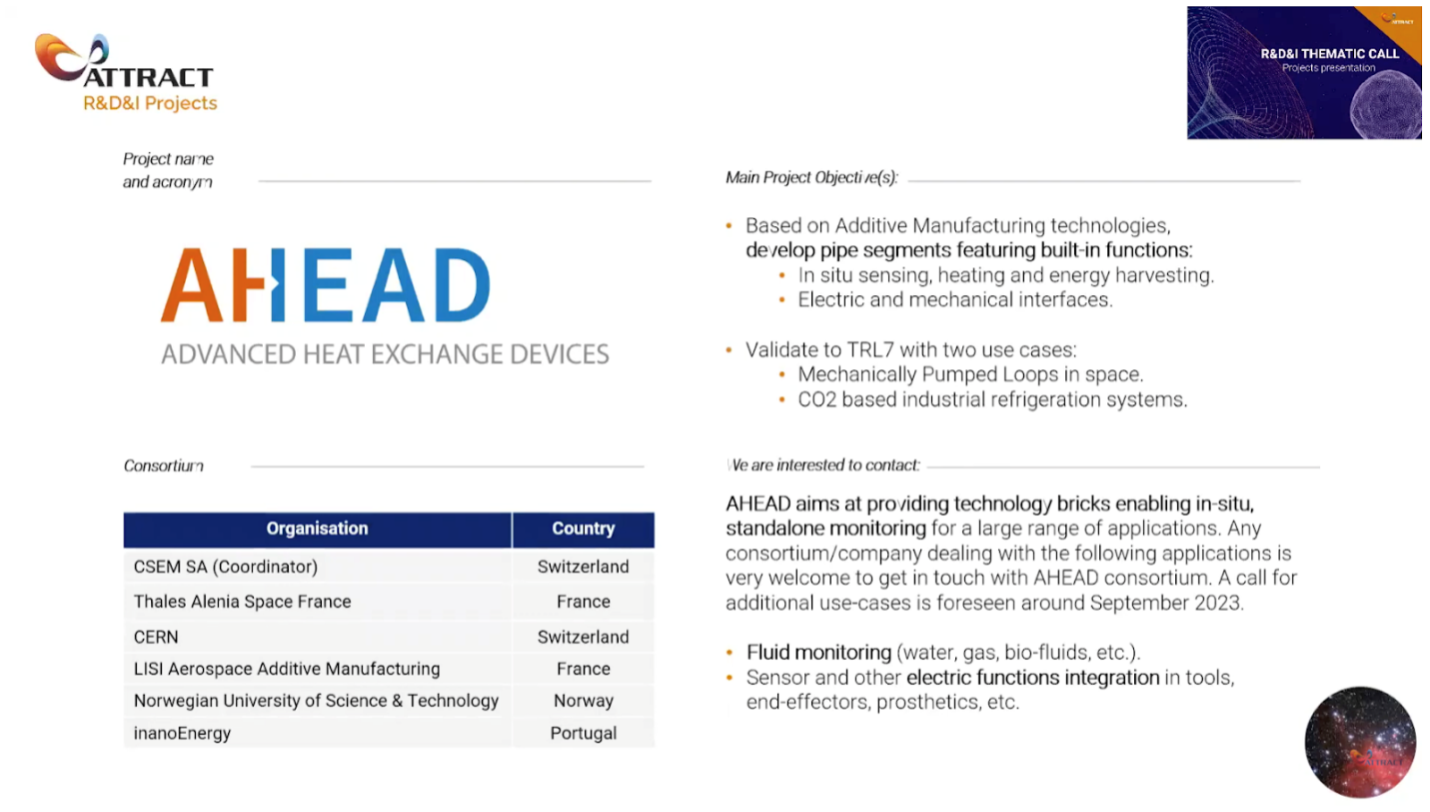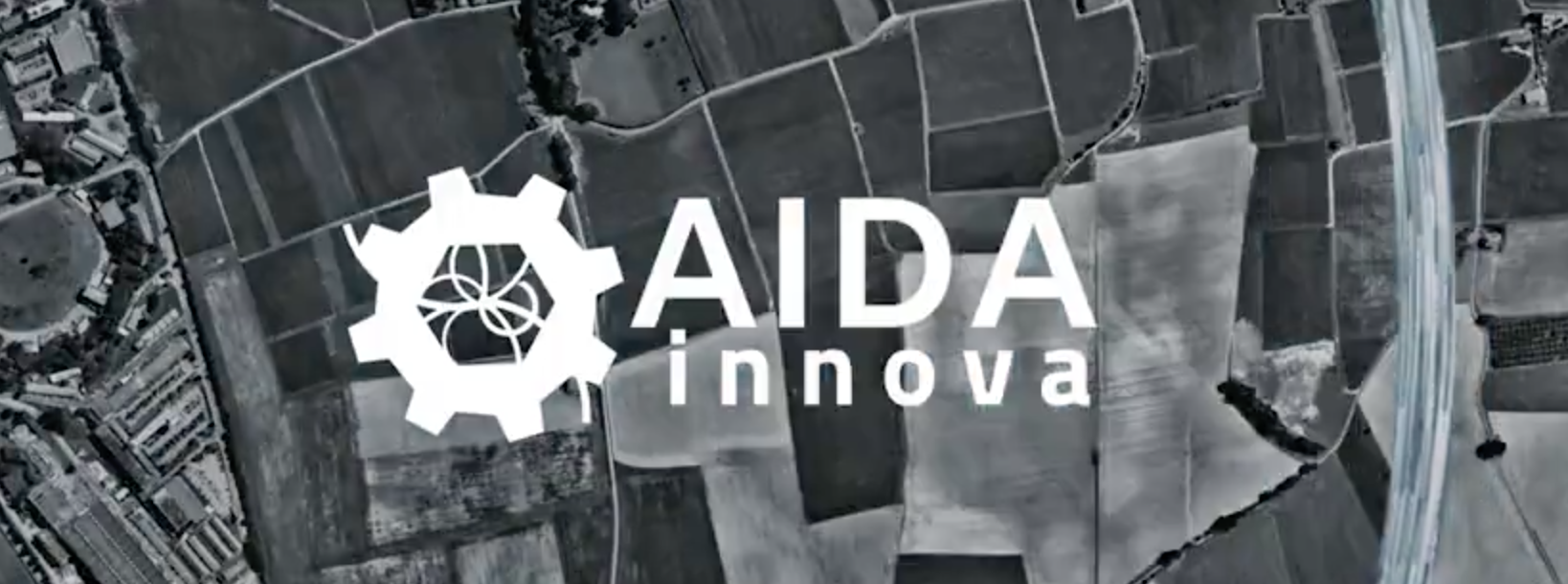Do you know? Open Science & Data Management Plans
It does not matter whether you are new to EU- funded projects or have decades of experience with them. Open Science has become an integral part of the funding schemes in the past years. For this, we must ensure that the knowledge from projects is not lost and can be reused in the future. What does that mean actually? Basically you are asked to look after the data, software, publications you might produce in a European project and describe measures on how you preserve them and make them open to the public.
In this short series about Open Science in EU projects, we will explore the two main crucial aspects that make a good policy: data management plans and open access to publications. This month, we will focus on the former.
Data Management Plans (or DMPs) are in principle guidelines that enable you and your collaborators to reflect on what types of data you produce in your project, how you manage it, preserve it and how you intend to share it with colleagues as well as the public. A crucial part of the DMP is to make your (project) data FAIR. FAIR - which stands for Findable, Accessible, Interoperable and Reusable - . FAIR guides your way of discussing what to do with your data such as:
- Which storage/repository do I use so that others can find the data afterwards?
- How can people access it once the project ends?
- Do the datasets we produce come in specific formats and are they interoperable with community standards or others?
- Can external people understand how the data has been gathered and produced when they reuse it?
Sounds complicated? Use the template provided by the European Commission or by the European Research Council, and ask us and we help you answer the questions and sections in the templates. Contact us via dmp-os@cern.ch
Sounds like something is missing? Indeed, a DMP is fairly focused on data, but if your data production, analysis etc depends on software, analysis tools etc, please make sure to mention it and (and think about making it available open source as well!). If you need more input and support for the reflections and creating the DMP, please contact us.
